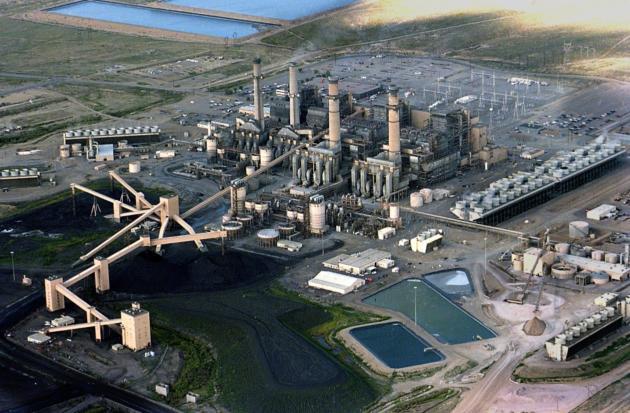DOE Deputy Secretary of Energy Mark W. Menezes’ visit to New Mexico earlier this week was full of new and Washington insider information, but the primary focus of his visit was the contentious San Juan Generating Station. Deputy Secretary Menezes provided some positive news for Farmington area leaders and communities surrounding the aging power plant. At the event the Deputy Secretary debuted a new study published by Management Information Services, Inc. (MISI) in conjunction with the New Mexico Institute of Mining and Technology, examining the possibilities of retrofitting the generating station for carbon capture.
The San Juan Generating Station is slated to be closed down by 2022 as NM moves forward with the controversial Energy Transition Act (ETA), and in doing so will take with it more than 1,500 jobs and $53 million in annual state and local tax revenues. But the report from MISI released by the Deputy Secretary on Monday paints a more optimistic future for the plant. By partnering with New Mexico energy company Enchant Energy, the DOE wants to retrofit the facility with carbon capture technologies to create the largest carbon capture facility in the world and extend the life (and jobs) of the plant well into the future. Deputy Secretary Menezes said the goal is to commercialize the technology and move it from the prototype stage to the market place where it could be used on power plants around the world, making New Mexico the epicenter for this state of the art technology.
“If we make this happen here, all of a sudden we become the world leader in carbon capture, use and sequestration and I mean world leader. There are places all over the world that are looking at this, thinking about it, but they want to see it really happen. And this is where it can really happen,” said Sen. Bill Sharer, a Republican whose district includes the power plant. In addition to extending the life of the generating station and drastically lowering its emissions, if the project is successful it will not only provide a future for current jobs at the station but the estimated new employment opportunities are orders of magnitude higher than the ETA alone.

